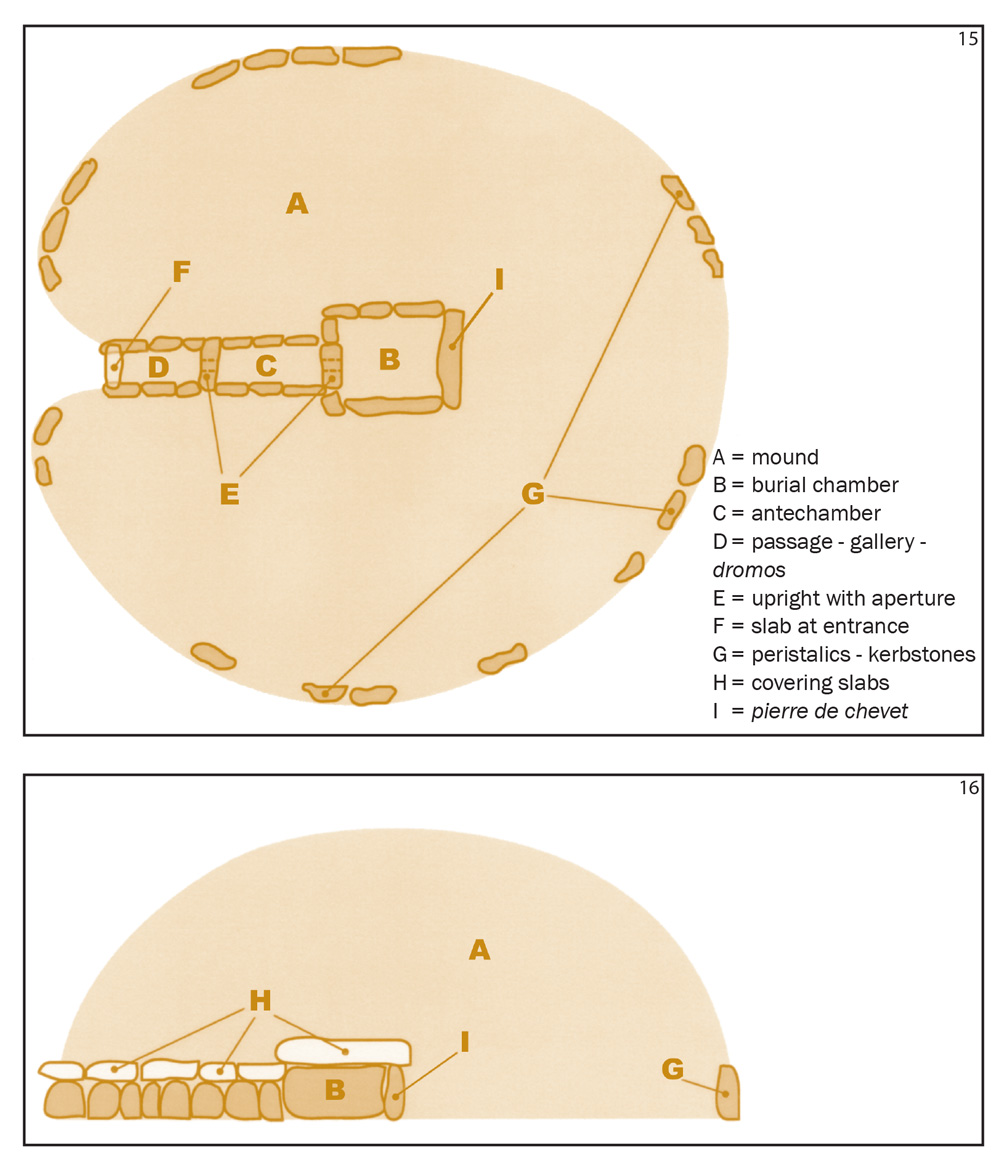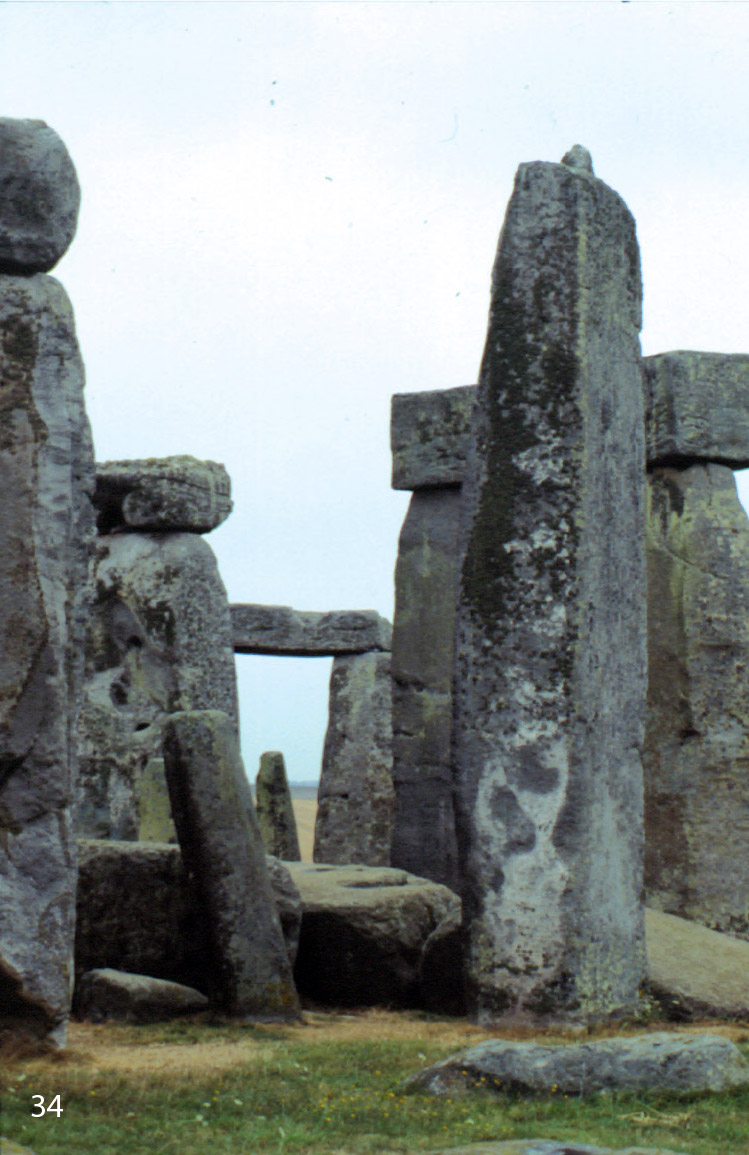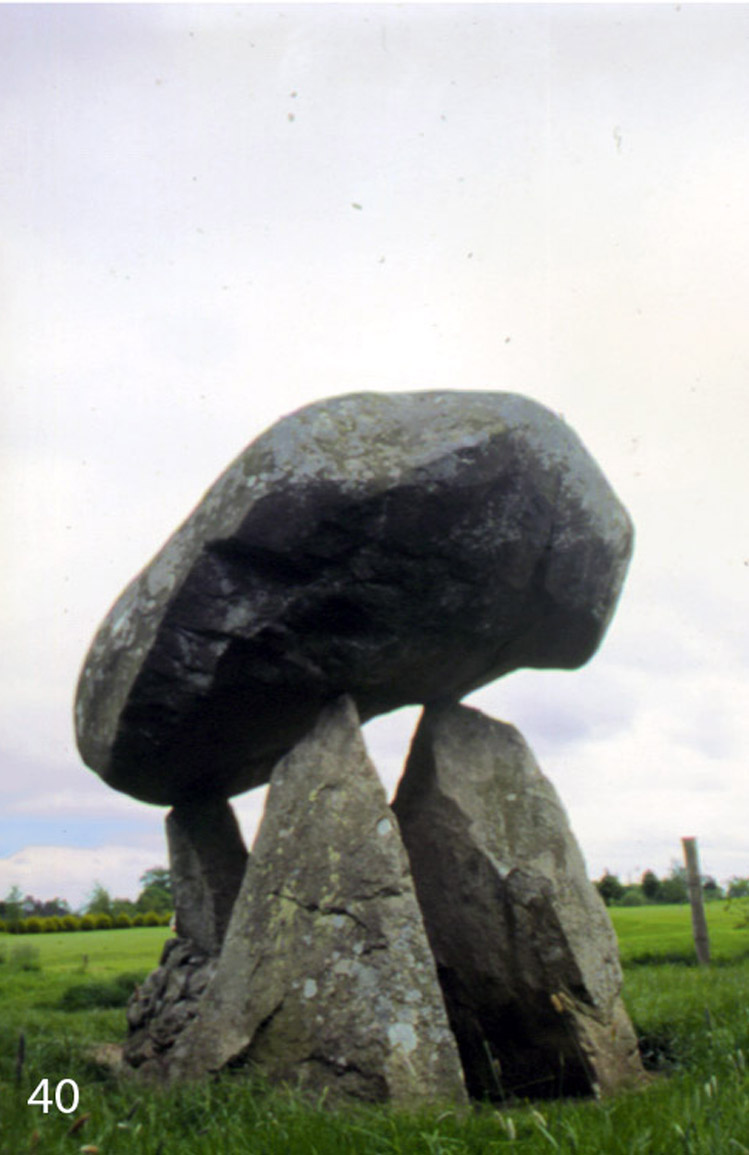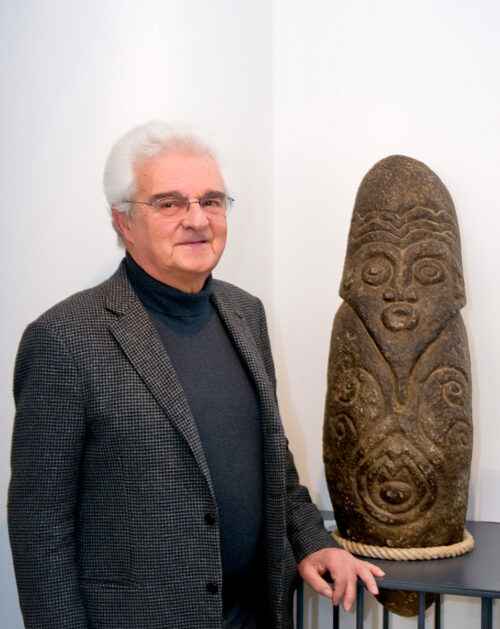This book takes us back in time to the 5th-2nd millennia B.C. and helps us visualise the Stone Age world and its constructions – menhirs, dolmens, rows and circles of standing stones.
MEGALITHISM – THE BOOK
ABSTRACT
Megalithism, or the art of using huge boulders to create sacred, pagan monuments and sites, still fascinates us today.
How on earth did Prehistoric man cut, transport and place such enormous stones, some weighing up to 200 metric tons, without bulldozers, drills and cranes? And yet primitive man, without the written word or wheel, created structures which still stupefy us in the 21st century.
This book takes us back in time to the 5th-2nd millennia B.C. and helps us visualise the Stone-Age world and its constructions – menhirs, dolmens, rows and circles of standing stones.
Undoubtedly they were sacred places, used for pagan rituals and funerary purposes but the author also gives us details of their astronomic and physical alignment, which clearly demonstrates the knowledge of the heavens these ancestors had and how they applied it without slide-rules, set squares and theodolites.
The high priests of ancient times could calculate when the solstices and equinoxes would occur and thus regulate the seasons for sowing and reaping.
The author’s careful and updated identification of all such structures leads us through ‘Ancient European Megalithism‘ complete with the religious and social aspects of it and its pagan legacies.
The myths and legends arising from the megalithic structures are extremely interesting and are recounted here in detail; the author also describes ‘megalithic art’ in the form of statue-stele and menhir statues as well as the often intricate decoration carved on single stones and in construction such as dolmens, funerary mounds, astronomic observatories and temples.
Amply illustrated with photographs and drawings, the book takes us through every part of the megalithic world in comfortable easy stages and smooth-flowing text so that this journey can be enjoyed by all readers – specialists and interested general public alike.
FIRST 25 PDF PAGES
DOWNLOAD AND READ FIRST 25 PAGES IN PDF FORMAT
Size: 6.0MB
 MEGALITHISM - Sacred and Pagan Architecture in Prehistory by Alberto Pozzi
MEGALITHISM - Sacred and Pagan Architecture in Prehistory by Alberto Pozzi
























